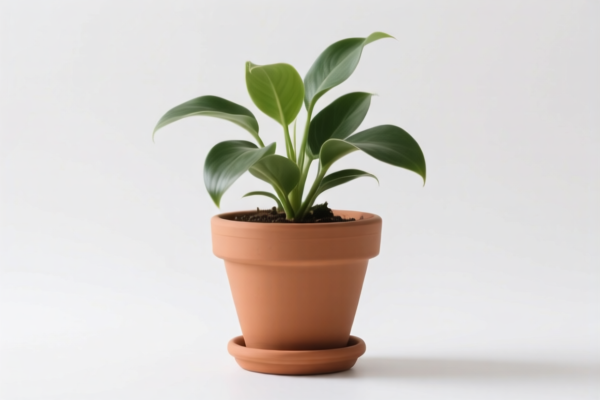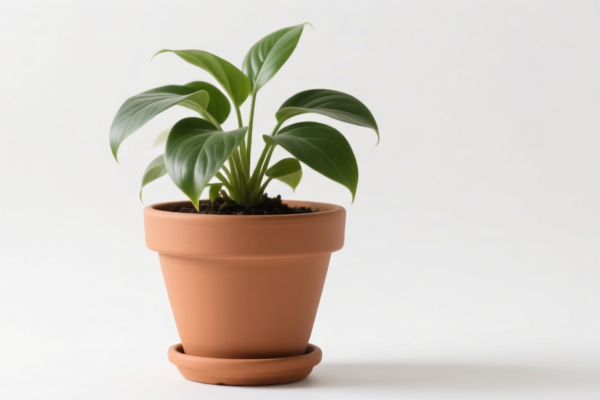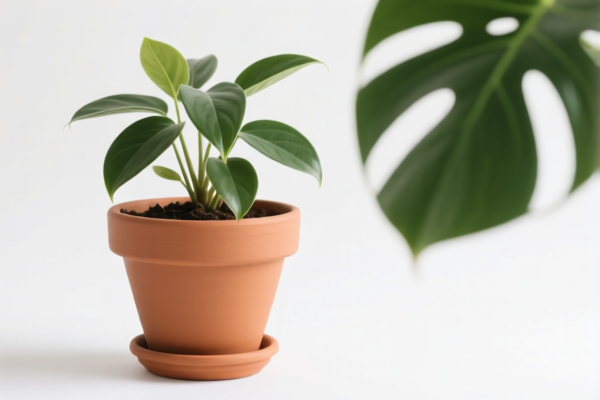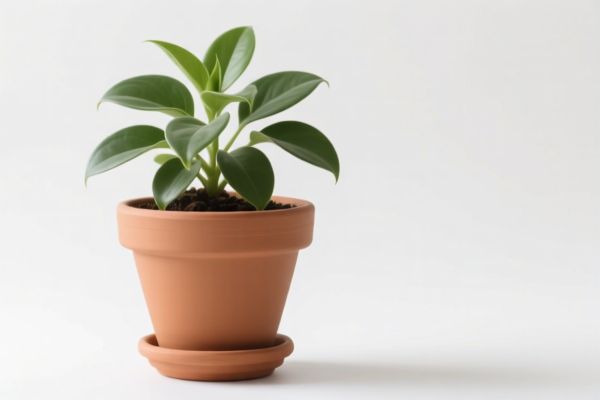| HS Code | Official Doc | Tariff Rate | Origin | Destination | Effective Date |
|---|---|---|---|---|---|
| 6914908000 | Doc | 60.6% | CN | US | 2025-05-12 |
| 6914108000 | Doc | 64.0% | CN | US | 2025-05-12 |
| 6909900000 | Doc | 59.0% | CN | US | 2025-05-12 |
| 6909112000 | Doc | 55.0% | CN | US | 2025-05-12 |
| 2001906000 | Doc | 69.0% | CN | US | 2025-05-12 |
| 4421918800 | Doc | 30.0% | CN | US | 2025-05-12 |
| 4421998800 | Doc | 37.5% | CN | US | 2025-05-12 |
| 4415109000 | Doc | 65.7% | CN | US | 2025-05-12 |
| 4415208000 | Doc | 65.7% | CN | US | 2025-05-12 |
| 9503000090 | Doc | 30.0% | CN | US | 2025-05-12 |
| 3926901000 | Doc | 40.9% | CN | US | 2025-05-12 |
| 3926909910 | Doc | 42.8% | CN | US | 2025-05-12 |
| 3925900000 | Doc | 60.3% | CN | US | 2025-05-12 |
| 3925100000 | Doc | 61.3% | CN | US | 2025-05-12 |




Flowerpot Tray
A flowerpot tray, also known as a saucer, plant saucer, or cachepot tray, is a shallow dish placed under a flowerpot to catch excess water after watering. It serves multiple purposes related to plant health and home maintenance.
Material
Flowerpot trays are commonly constructed from the following materials:
- Plastic: Lightweight, inexpensive, and available in a wide range of colors and sizes. Often made from polypropylene or PVC.
- Ceramic: Offers a more decorative aesthetic, heavier than plastic, and can be glazed in various patterns. More prone to breakage.
- Terracotta: Porous material that allows for some evaporation, complementing terracotta pots. Can be susceptible to cracking in freezing temperatures.
- Metal: Typically steel or aluminum, often with a protective coating to prevent rust. Offers a modern look but can heat up in direct sunlight.
- Wood: Provides a natural aesthetic, often used for larger planters. Requires treatment to prevent rot and water damage.
Purpose & Function
- Water Containment: The primary function is to collect water that drains through the pot's drainage holes, preventing damage to surfaces like floors, furniture, and patios.
- Preventing Staining & Damage: By catching excess water, trays protect surfaces from water rings, mold growth, and potential structural damage.
- Humidity Control (Indirectly): While not a direct function, leaving a small amount of water in the tray can temporarily increase humidity around the plant, beneficial for certain species. However, prolonged standing water can lead to root rot and pest issues.
- Aesthetic Enhancement: Trays can complement the pot and plant, contributing to the overall visual appeal.
Usage Scenarios
- Indoor Plants: Essential for houseplants to protect furniture and flooring.
- Outdoor Potted Plants: Protects patios, decks, and other outdoor surfaces.
- Balconies & Terraces: Prevents water from dripping onto lower levels.
- Greenhouses & Nurseries: Used extensively to manage water runoff and maintain cleanliness.
Common Types
- Standard Saucers: Basic, round or square trays designed to fit standard pot sizes.
- Cachepot Trays: Larger, often decorative trays designed to hold the entire pot, concealing the drainage hole and creating a more finished look.
- Roller Trays: Equipped with wheels for easy movement of large potted plants.
- Self-Watering Trays: Feature a reservoir to provide a consistent water supply to the plant through wicking action.
- Rectangular Trays: Suitable for long, trough-style planters.
- Adjustable Trays: Designed to accommodate various pot sizes.
Flowerpot trays fall under several potential classifications depending on their material and specific use. Here's a breakdown of relevant HS codes based on the provided information:
-
6914908000: This code covers “Other ceramic articles: Other: Other”. If the flowerpot tray is made of ceramic and doesn’t fall into more specific ceramic categories, this is a potential match. The total tax rate is 60.6%, comprised of a 5.6% base tariff, a 25.0% additional tariff, and a 30.0% additional tariff effective after April 2, 2025.
-
3926901000: This code covers “Other articles of plastics and articles of other materials of headings 3901 to 3914: Other: Buckets and pails”. While not explicitly flowerpot trays, if the tray is made of plastic and functions similarly to a bucket or pail for holding plants, this could apply. The total tax rate is 40.9%, consisting of a 3.4% base tariff, a 7.5% additional tariff, and a 30.0% additional tariff effective after April 2, 2025.
-
3926909910: This code covers “Other articles of plastics and articles of other materials of headings 3901 to 3914: Other: Other Laboratory ware”. If the flowerpot tray is made of plastic and is specifically designed for laboratory use (e.g., for cultivating plants in a controlled environment), this code might be applicable. The total tax rate is 42.8%, comprised of a 5.3% base tariff, a 7.5% additional tariff, and a 30.0% additional tariff effective after April 2, 2025.
-
4421998800: This code covers “Other articles of wood: Other: Other”. If the flowerpot tray is made of wood, this could be a relevant classification. The total tax rate is 37.5%, consisting of a 0.0% base tariff, a 7.5% additional tariff, and a 30.0% additional tariff effective after April 2, 2025.
It is important to determine the exact material composition of the flowerpot tray to ensure accurate classification.
Customer Reviews
No reviews yet.